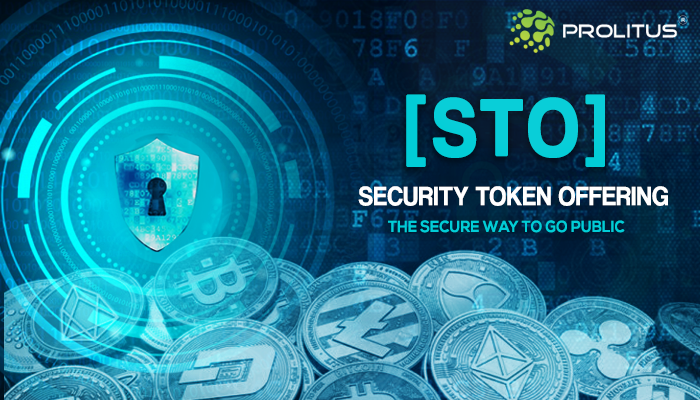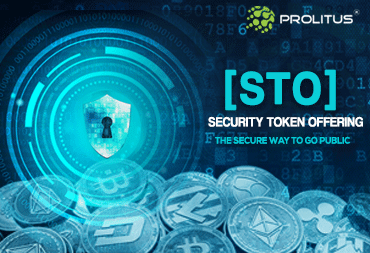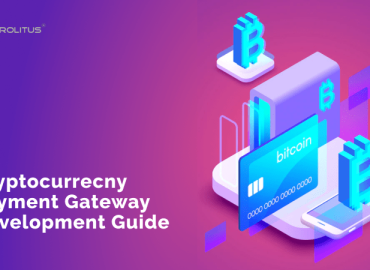Security Token Offerings (STO)- The Secure Way to go Public
Following the success of Bitcoin and Ethereum, the market of ICOs frothed. Currently, at $149. 6 market cap, they proved to be a perfect vehicle for blockchain start-ups to arrange crowdfunding. Everything went well until fraudulent ICO started taking advantage of the unregulated ecosystem and the anonymity of digital currencies.
This does not mean all ICOs are a scam!

Before we understand why and how STO, let us see where ICO’s went wrong.
As around 1000 cryptocurrencies made it to the grave, the market is being alarmed by SEC in US, Hong Kong, and many more countries. ICO surprised the start-ups with the ease of raising funds as compared to the traditional ways. Without the need of selling the equity, any company simply issued digital tokens. The token holders could wait for the tokens to rise in value and sell them as and when desired. The problem arose when projects started skirting the law and when it was noted that most of these token was not functional.
All the blockgeeks expected the trend of ICOs to continue but before anything could be fixed, a new model of Security Token Offering (STO) was proposed. With Facebook and Google banning the ICO ads, even the startups are left with no other option but to move to STO.
Go Public with Security Token Offerings (STO)
STOs are expected to be preferred over the ICOs due to increasing regulation of ICOs by SEC. Has the day doomed for ICO? Non-compliant ICO’s are being bought under the knife but the complaint ICOs are working to make their projects functional.
Talks around STOs have been going on since long.
STO makes its way to the market the same way an ICO does. They are offered to the crowd who then buy the STO. After this the ICOs and STOs part ways. When a person chooses to buy ICOs, he becomes the user of the coin but when he chooses to buy STO, he becomes a part-owner.
STO’s are Regulated
In contrast to ICO where the sale of coins is unregulated, the company trying to raise funds using STO has two ways to make them reach the market:
- Register the offering with SEC
- Seek an exemption
Process and fees of both the option may vary from country to country. But the general rule of thumb will remain the same:
-
- Accredited investors – SEC defines the minimum net-worth of a person to be called an accredited investor. The company can choose to keep the STOs open for sale only to this sector to seek exemptions.
- Crowdfunding – A company can choose to keep the sale of STOs open for both accredited and non-accredited investors. The catch is the SEC puts a limit on the number of STOs or the total dollar amount that can be raised in a year.
How will STO operate?
The rise of an Alternate Trading System is in progress. Just like FUTURES, this platform will have brokers and dealers where each movement will be under close supervision by the dedicated organizations. A company that is either registered with SEC or has an exemption can only sell STOs on the Alternate trading system.
To adapt to STO ecosystem, companies need to shell out more dollar cost and revamp the existing operational workflow. It will involve the appointment of a Compliance officer and making the entire system stay compliant. We are yet to see the good news of an STO listed on SEC but the day is not far away.
If you are looking forward to entering the market with the promising STO model, hire Prolitus experts to build the right STO platform and have your way to success!





